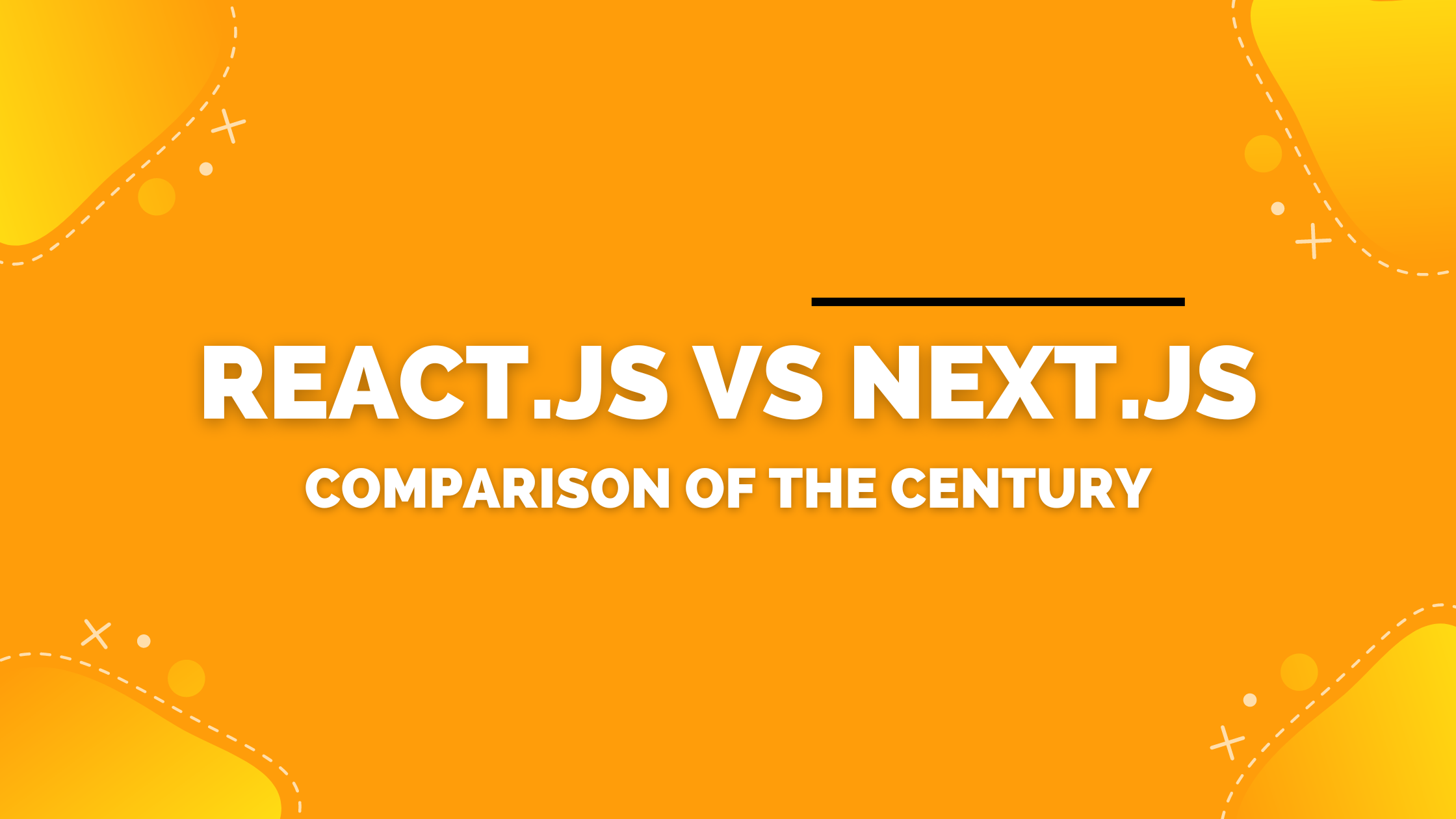Comparing React.js and Next.js: What You Need to Know
 Chijioke Samuel Emechebe
Chijioke Samuel Emechebe
I'm a Next.js and TailwindCSS frontend engineer with over two years of experience. This post will discuss the differences between React.js and Next.js and thoughts on them.
React.js: The Powerhouse of UI Development
React.js is a JavaScript library for creating user interfaces. Its component-based architecture makes it easy to reuse UI components, which improves development and maintenance.
Key Features of React.js:
Component-Based Architecture: Makes it easy to create modular and reusable UI components.
Virtual DOM optimizes rendering by only updating the changed parts of the DOM, ensuring high performance.
Unidirectional Data Flow: This makes the application easier to debug and maintain by ensuring a single source of truth.
JSX Syntax: Allows developers to write HTML-like syntax within JavaScript, improving code readability and maintainability.
React.js focuses on an application's view layer, allowing it to integrate with other libraries and frameworks for state management, routing, and more.
Next.js: The Framework for Production
Next.js is a robust framework built on React.js. It provides features for production-grade applications.
Key Features of Next.js:
Server-side rendering (SSR): Renders pages on the server before sending them to the client, improving performance and SEO.
Static Site Generation (SSG): Allows for pre-rendering pages at build time, enhancing performance and scalability.
API Routes: Creates API endpoints within the Next.js application, reducing the need for a separate backend.
File-Based Routing: This method simplifies routing by using the file system as an API, making the codebase more intuitive and easier to navigate.
Next.js provides an all-in-one solution for building fast, scalable, and SEO-friendly applications, making it an excellent choice for complex web applications.
React.js vs. Next.js: The Ultimate Showdown!
While React.js and Next.js are potent tools for front-end development, they serve different purposes and excel in other areas.
React.js:
Flexible: Works with many libraries and frameworks.
Component-Based: Makes code easier to reuse and maintain.
Community Support: Has a large, active community with many resources and third-party libraries.
Next.js:
Performance: Great for performance with built-in SSR and SSG.
SEO: Improves SEO through server-side rendering and static site generation.
Full-Stack Capabilities: Makes API routes for backend functionality within the same application.
My Views on React.js
As a Next.js developer, I appreciate React.js, the foundation of Next.js. React.js provides a flexible library for building dynamic user interfaces. Its component-based architecture has revolutionized front-end development.
Conclusion
React.js and Next.js are two different tools for building websites. React.js is suitable for making dynamic user interfaces, while Next.js is better for creating sites that work well online.
Subscribe to my newsletter
Read articles from Chijioke Samuel Emechebe directly inside your inbox. Subscribe to the newsletter, and don't miss out.
Written by

Chijioke Samuel Emechebe
Chijioke Samuel Emechebe
I am a Frontend Engineer who loves writing about the complexities, and fun that come with the field.